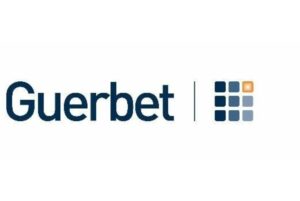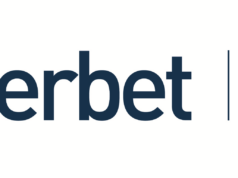 Guerbet has announced in a press release that based on the most recent scientific and clinical evidence, the American College of Radiology (ACR) Committee on Drugs and Contrast Media has classified Elucirem (gadopiclenol) as a group II agent. This highly stable macrocyclic gadolinium-based contrast agent (GBCA), has the highest relaxivity in its class for magnetic resonance imaging (MRI) and is indicated for use in adults and children aged two years and older. Elucirem requires only half the gadolinium dose of conventional non-specific GBCAs, addressing practitioners’ concerns about gadolinium exposure.
Guerbet has announced in a press release that based on the most recent scientific and clinical evidence, the American College of Radiology (ACR) Committee on Drugs and Contrast Media has classified Elucirem (gadopiclenol) as a group II agent. This highly stable macrocyclic gadolinium-based contrast agent (GBCA), has the highest relaxivity in its class for magnetic resonance imaging (MRI) and is indicated for use in adults and children aged two years and older. Elucirem requires only half the gadolinium dose of conventional non-specific GBCAs, addressing practitioners’ concerns about gadolinium exposure.
“This new classification from the ACR is a real game changer for the future of Elucirem,” said Jared Houk, commercial vice president at Guerbet. “This is an important moment for our team as it really shows the benefit of this product and its potential in the market.”
The classification states that gadopiclenol “demonstrates kinetic stability and a long dissociation half-life that are comparable to other group II macrocyclic agents. Based on the most recent scientific and clinical evidence, the ACR Committee on Drugs and Contrast Media considers the risk of [nephrogenic systemic fibrosis] among patients exposed to standard or lower-than-standard doses of gadopiclenol is sufficiently low or possibly non-existent such that it has been classified as a group II agent.”
Elucirem (gadopiclenol) injection is used to detect and visualise lesions with abnormal vascularity in the central nervous system (brain, spine, and associated tissues) and the body (head and neck, thorax, abdomen, pelvis, and musculoskeletal system).
GBCAs improve the contrast between lesions and surrounding tissues by accelerating the relaxation of protons thanks to interaction with gadolinium atoms. Gadopiclenol, the active drug substance of Elucirem, has been designed to enable twice as much interaction.












